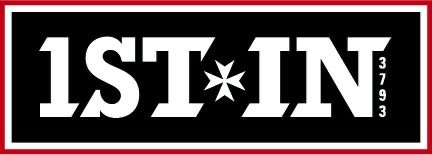Why you aren’t seeing progress
There’s no hack, no short cut, no magic bullet that allows you to bypass the effort needed to build shooting skill. It requires hard work, consistent practice and training — over time. Which means training is not a one and done deal. And what that training looks like has to change and evolve as your skills develop.
Consider your own progress and how you would answer these questions:
Are ambiguous goals leading you to lose focus and motivation?
Have you plateaued running the same drills over and over?
Is lack of intensity not challenging you enough?
Have you failed to make your training fun so that you stick with it?
Did you answer “yes” to any of them? The reality is that many people train to be simply “good enough.” But what is “good enough?” There is no way to measure it. It’s completely subjective and dependent on each individual’s goals and priorities. But it’s generally interpreted to mean reaching a bare minimum level of competence that doesn’t require hard work. Therefore, is “good enough” sufficient for self-defense?
So where exactly is your skill level? Does your skill level align with your goals and priorities? I encourage my students to articulate their goals clearly and strive to achieve objective standards with their shooting.
Putting new agility poles into play, running mini stages that work key foundational skills, including speed, accuracy and movement. The new SG timer gives me an incredible amount of data to help assess performance.
Recognizing that no two students are alike, none of my classes are alike. I use an iterative approach that allows my classes to evolve as I evolve and as my students evolve. If you took a class a few months ago, that class will be different today. I recently introduced agility poles allowing my students to run more complex drills and challenging mini stages that hone foundational hard skills needed for concealed carry. No tactics. But a high level of intensity to see where the wheels fall off so that you have a realistic assessment of your skills under pressure.
In competition, I’m constantly pressure testing what’s working and what’s bringing me success. I bring this to my classes and refine drills based on where I see my students gaining the most success. I don’t teach competition shooting. But I use it as a training tool to create the intensity that forces me to shoot better, provide focus and motivation, and keep things fun. The competence gained, the ability to build skills and apply them under pressure, drives an incredible amount of satisfaction and confidence.
Not everyone will aspire to be a USPSA Grand Master and that’s okay. But if one of your goals and priorities is carrying concealed, hold yourself to objective standards that you strive to achieve and can consistently demonstrate, on demand.
